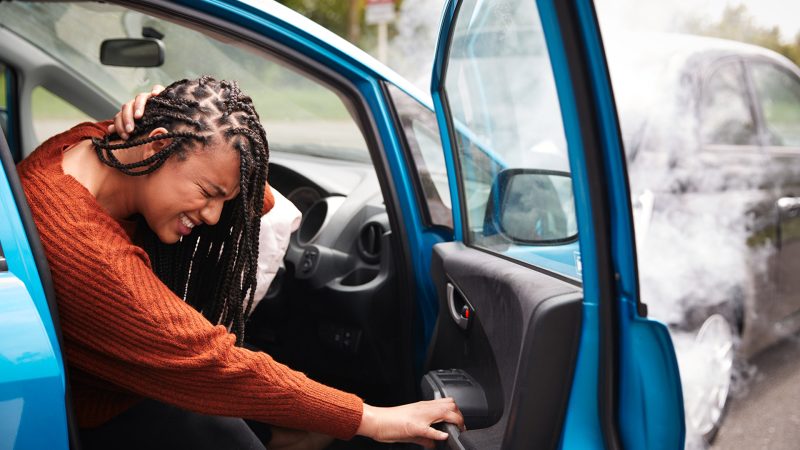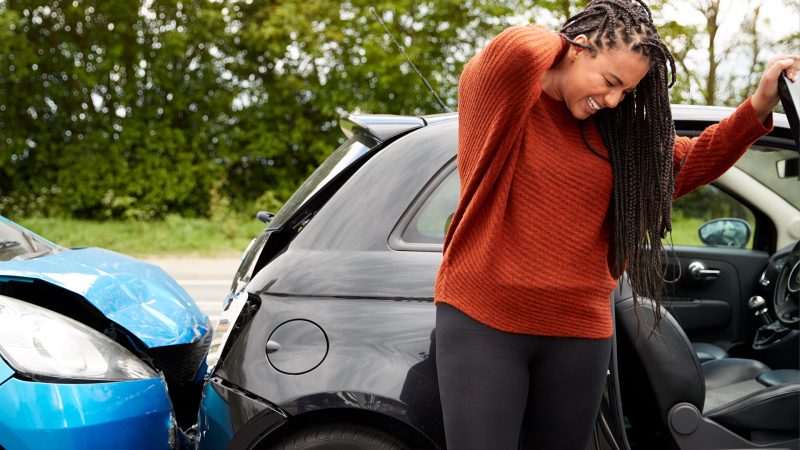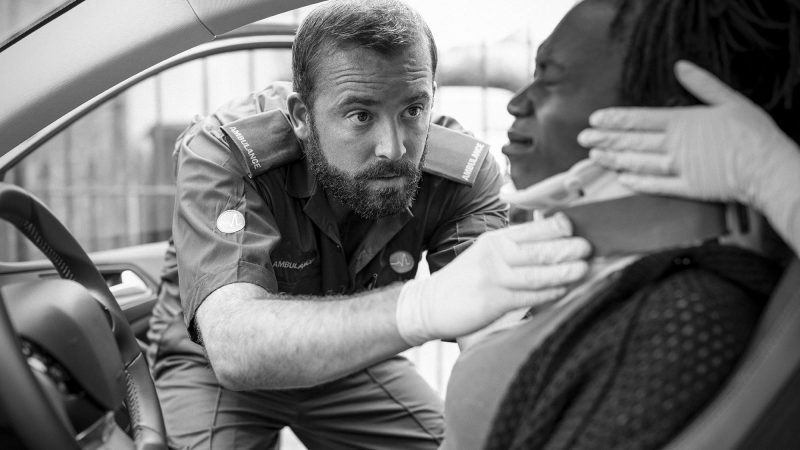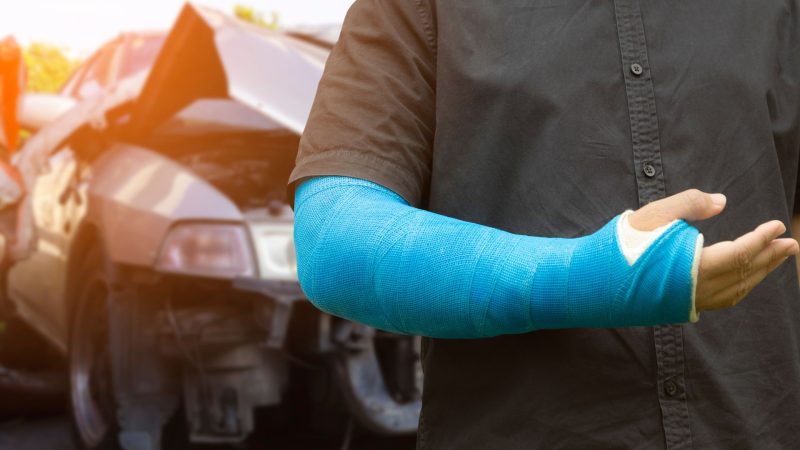The 5 Most Common Car Accident Injuries and What To Do

We love fast vehicles and the sense of freedom behind the wheel. But every driver and passenger should prioritize road safety above all. Unfortunately, despite all precautions, crashes happen ubiquitously daily. Per statistics from the Virginia Department of Motor Vehicles, a car accident occurs every 4.3 minutes in our state.
Today we’ll break down the 5 most common traumas people suffer in auto collisions. Learn how to recognize the symptoms and get qualified medical assistance and legal support.
Head and Brain Injuries
The impact during an accident or sudden stop often causes severe head and brain traumas – from mild concussions to skull fractures and cerebral bleeding.
At even the slightest suspicion of cranial injury post-crash, it’s critical to immediately seek medical care. Even if there’s no visible damage or the symptoms don’t manifest straight away.
Swellings and hemorrhage can exacerbate over time, leading to hazardous brain compression and edema. And without timely treatment, the consequences of head injuries can persist for a lifetime in migraines, memory lapses, poor concentration, sleeping disorders, etc.
Here’s what to watch for with suspected brain damage after a car accident:
- Headache, dizziness, nausea, vomiting
- Loss of consciousness, disorientation
- Drowsiness, lethargy or agitated state
- Slurred speech, memory and attention lapses
- Loss of balance, movement coordination, double vision
- Visible head wounds – bruises, gashes, skull deformation
If you experience any of these red flags post-crash, call 911 or go to the ER. Don’t attempt to self-medicate brain injuries!
Spine and Back Injuries
Sudden movements and blows during impact often lead to severe spine and back damage – fractures, dislocations, herniated discs, torn ligaments, etc.
These are extremely painful injuries where any extra movement only exacerbates matters. In aggravated cases, temporary or even permanent paralysis of the body is possible.
Symptoms of spinal injury:
- Sharp back pain, intensifying with movement
- Arm and leg pain and numbness
- Loss of sensation, tingling in limbs
- Inability to stir, rise without sharp twinge
- Deformation, swelling of the back
Accident victims with suspected spinal damage should refrain from moving without absolute necessity!
At even the slightest signs of a spinal injury, call an ambulance. Wait for emergency responders, remain in a stable position en route to the hospital.
Attempting to rise, sit up or twist on your own could permanently cost you the ability to walk!
Chest and Rib Injuries
The impact against the steering wheel, seatbelt tension, and other possible force factors often result in broken ribs, sternum, clavicle.
The danger of these injuries lies in the potential damage to internal organs – heart, lungs, major blood vessels – by fractured rib bone shards.
Aside from fractures, lung bruising and hemothorax are possible – blood accumulation in the pleural cavity, compressing the lungs.
Main symptoms of chest trauma:
- Sharp pain on deep breaths, coughing, torso movement
- Breathing difficulty, shortness of breath
- Coughing up blood
- Deformation of chest — depression at fracture site
- Bruising on the chest
Don’t dismiss these alarming signs under any circumstances! Promptly call 911, get in the most comfortable position possible, limit extra movements. EMS will transport you to the hospital for X-rays, CT scan, drainage if necessary.
Limb Injuries
Broken arms and legs are among the most common consequences of car crashes. A frontal or side-swipe impact, abrupt braking can all lead to sprains, torn ligaments or outright bone fractures.
How to recognize a fracture after an accident:
- Sharp intensifying pain on movement attempts
- Joint swelling, deformation
- Bruises, hematomas
- Abnormal or total lack of mobility
Before EMS arrival, immobilize the damaged limb as much as possible using available tools – splints, braces, etc. This will alleviate pain and prevent extra injury from unnecessary movements.
Doctors will X-ray to confirm/refute the fracture, apply casts or braces to stabilize the bones. Then comes long outpatient or in-hospital treatment, possibly surgery and extensive rehab.
Internal Damage
Often accidents result in no visible external wounds. But even without obvious injury, life-threatening internal trauma can occur:
- Ruptured liver, spleen, kidneys and other organs
- Intra-abdominal hemorrhage
- Lung damage, pneumothorax
- Intracranial bleeding sans fractures
- Spleen, pancreas injury
Such trauma is extremely hard to recognize sans medical examination. Thus, after any collision, even if you feel fine, get a mandatory CT or MRI scan for internal organs.
This will help catch and resolve internal bleeding, prevent infections and inflammation, save your life!
What To Do After Sustaining Collision Injuries
So if you or passengers got hurt in a crash:
- Call an ambulance or get yourself to urgent care if safe.
- Document the accident site – take photos/video of the aftermath, collect witness names and contacts, details on other parties involved.
- Contact a car accident lawyer or another qualified personal injury attorney. They will fully protect your rights and interests.
- Obtain and preserve all medical documentation – discharge reports, X-rays, MRI/CT findings for legal proceedings.
- Don’t sign any liability waivers on-site under pressure from insurers or offending drivers. Rushed decisions can deprive you of treatment and rehabilitation compensation.
An experienced personal injury lawyer in Roanoke Virginia will help you navigate all legal aspects of the crash aftermath – insurance payouts, medical expense compensation, damage recovery, litigation against culpable parties.
Practice utmost caution on the road and follow safety rules! But if a crash still occurs – know how to act swiftly to safeguard the health and rights of victims.



